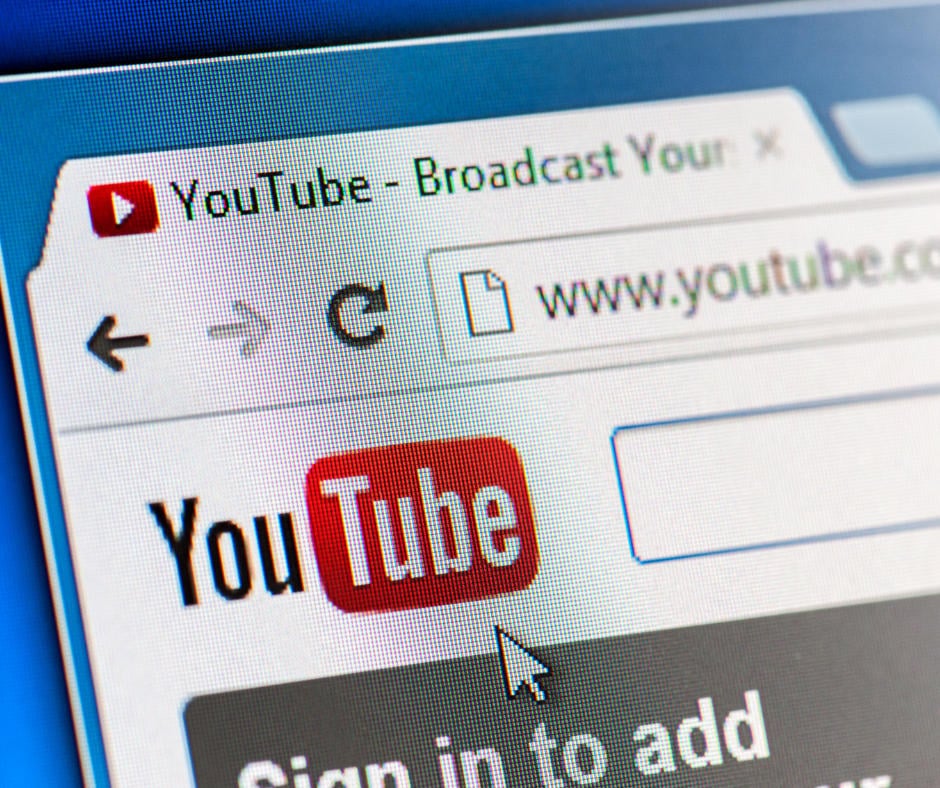
16 Dec YouTube Etiquette & Keeping Kids Safe
With a fairly lengthy school holiday break looming, more of us, including our children are going to be even more active on social media and with digital activities. So, we thought we might take this opportunity to specifically address YouTube etiquette.
As a parent, it’s not an uncommon request for your kids these days to ask to set up their own YouTube account. Now, for many parents, they don’t even understand what that actually means. To simplify this – your kids want to post content on YouTube in the form of video.
The topic or theme could be anything, for example they may just simply want to talk about their experience and share tips on how best to play Minecraft or give a book or toy review.
It’s important for parents to invest time in setting up their children’s YouTube account. Ensuring the process is a collaborative one, it’s a means to knowing that the set up has been conducted in a manner that is safe and respectful.
Help your kids to identify whom they wish to communicate, what they wish to communicate and for what purpose. This will determine some key parameters for them to stick to and follow. Guidelines are imperative, it helps them stay on topic, and more importantly, safe.
All social media involving your children should be monitored, and your children have a real responsibility here to do the right thing. Many schools ask students to sign agreements in relation to a commitment or an acknowledgement that they understand the rules and regulations of a particular situation. In turn, the consequences for any breach of that commitment. This approach can also be a good for digital and social media etiquette. Making sure that they understand the rules, and that the rules keep them safe.
YouTube and social media is huge! Some interesting YouTube stats:
- There are 819,417,000 hours of video content on YouTube. Start watching, don’t sleep, and by the time you’re 34 million years old you’ll have nothing left to watch!
- There are over 1 billion users!
- It’s a VERY big place!
This article will give you and your children some valuable insights and information.
Example of YouTube Plan:
YouTube Account Name: Project MC3
Description: Gaming Channel > MINECRAFT| DIEP.IO | SLITHER.IO | DOBLINS>IO
Content: Gaming Tutorials, Minecraft Mini Games, Teamed Gameplay, Help, Tips, Glitches, Sneak Peaks and COMPLETE AWESOMENESS!
Audience: Gamers, MasterOV, Friends from school – NO HACKERS, TROLLERS or DUMB and UNHELPFUL PEOPLE!
Digital Etiquette
- Think about your online reputation. Anyone can see your content, videos, and comments. Current and potential future employers, employees, friends, family, school administrative staff and teachers, will browse social networking sites. Don’t do anything that will embarrass yourself.
- Consider everything you post will last forever. If you wouldn’t video it or write it down, and post it on the classroom wall at school, or say it to someone’s face in person, you shouldn’t post it online.
- Anything you post can be edited. Once you post your content it is out of your control, anything can be downloaded, manipulated, edited, cut, and pasted.
- Watch the clock. Don’t be sucked into spending your all your waking hours on social media. Everyone should have a limit on screen time. And within your screen time, don’t spend all your time on social platforms or YouTube. Play games, safely search the Internet, learn, and have fun.
Posting Videos
- ALWAYS use your tag name or screenname
- When posting or commenting, NEVER refer to ANY personal identifying information such as your first name, surname, your address or location, your school, family, or friends
- When recording and/or editing your video’s, verbally or narratively, NEVER refer to ANY personal identifying information such as first name, surname, your address or location, your school, family, or friends
- NEVER use any foul language, swearing, demeaning or derogatory words
- NEVER post harmful messages or embarrassing content
- NEVER impersonate other people by using their account or devices to create fake pages
- Use keywords in your posts description and comments that will render searches relevant to your video content – encourage views
Receiving Feedback
You might be surprised to know that the majority of feedback you receive on YouTube will be negative. That’s right, when people, both young and old, are sitting behind a keyboard in the safety of their own home, they miraculously grow bigger muscles, a fouler vocabulary and think they can get away with what they wouldn’t normally out in the big wide ‘real’ world.
The feedback you may receive will range from insightful to flat out insulting. So how to deal with it?
Negative feedback – quite simply ignore it. Do not bite. This is what the troll wants you to do and react, so don’t engage. Remember you’re doing this to enjoy yourself so don’t let negative feedback from troll’s, and people you don’t know hold you back, knock you down and ruin the experience.
Positive Feedback – we all love positive feedback. So, smile, if you like, reply with appreciation. Be polite and positive.
No Feedback – be prepared that you may not receive any feedback at all, or any likes. Be ok with this.
Parent Moderation
All parents have the right to review and moderate (modify or stop) content prior to it being posted. Set up a process by which you review and authorise your child’s content. It’s also important to regularly visit their channel, keeping an eye on exactly what is being shared. In addition, it’s also good practice to take a look at their ‘favourites’ and which YouTube channels they subscribe to. There are a number of parental controls, tools and settings. Ensure you explore these so that you are aware of what you can and cannot control.
We hope you found some helpful information in this article. Be responsible and stay safe.


